Inside the Duesenberg SSJ, The Special Speedsters
by Angelo Van Bogart
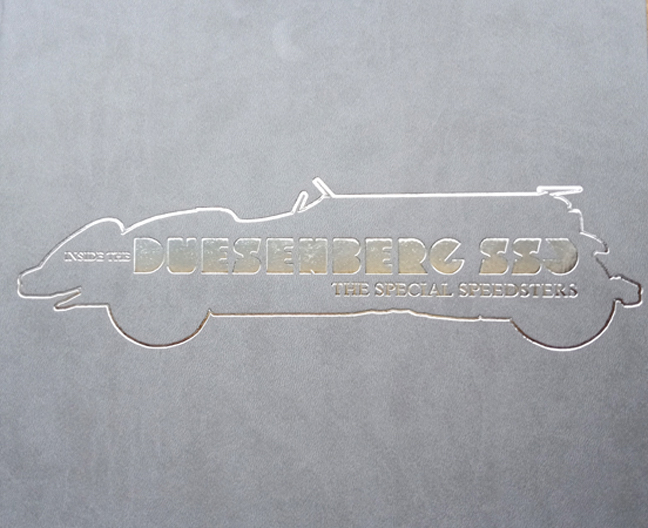
Back in their day of creation, these two cars garnered ink. And why not? After all each was part of Duesenberg’s lauded J-series and these two, with their chassis shortened by 17.5 inches—thus with seating for just two—had been fitted with engines upped to make 400 hp at 5000 rpm by the addition of a supercharger. But then too there was what happened to each during their first months that gained them—forever—the names by which each would be known.
Those two cars were loaned, for several months by maker Duesenberg to the highest profile “car guys” it could find, actors Clark Gable and Gary Cooper. Thus these two 1935 SSJ Special Speedsters got still more gobs of notice and ink. Trouble is, not all that ink was accurate. Even veteran auto writer Arch Brown went astray when he wrote in Special Interest Autos #100 (Aug 1987) “The first was ordered by Clark Gable. Presumably his friend and fellow Hollywood luminary, [Gary] Cooper, wasn’t about to be upstaged.. . . So a second SSJ, more powerful than the first, was built to his order.”

This is the earliest known photo of either of the Special Speedsters. This one happens to be the one that would be loaned to Clark Gable. The man behind the wheel is believed to be Bob Roberts who had been an employee of Duesenberg’s LA branch.
Now comes this beautifully produced, carefully researched and written Inside the Duesenberg SSJ, The Special Speedsters by Angelo Van Bogart about just these two cars. From the first touch and glance, you notice this book. Your fingertips feel the softness of the material that wraps the hardcovers, then your eyes see the bright-as-highly-polished-chrome silver embossed title that “happens” to use the same font as Duesenberg did back in the day.
Next you notice the endpapers. Red but not of fire engine hues. Rather, as you’ll discover, they nearly match how one of those SSJs was originally dressed and is again today. Just as that dove grey linen finish outer cover of the book nearly matches the then and now exterior paint of the other SSJ. Then too there’s the reality that each copy of the book is signed and numbered with that number confirming each is but one of the limited 1000-copies print run.

Images shown on facing pages are the cars as they appear today. Top image on right page shows Duesenberg’s modification permitting the fuel filler to be relocated.
The book’s two longest chapters are the heart of this history. One traces the ownership of each following the initial loan to Cooper and Gable. Cooper must have known within days, perhaps just hours, that he wanted to purchase his as that transaction was confirmed in a document dated November 25, 1935. Gable opted not to purchase his so its first owner would be another gearhead who was also under contract to MGM. Not an actor but an equally high-achiever as he was MGM’s music director.

Three versions of the top. On left a period design drawing done by Bohman & Schwartz’s W. Everett Miller but apparently never built. On facing page, top is the Gable SSJ, bottom the Cooper car.
The title of that other chapter indicates its content. In “Duesenberg Special Speedster Hardware” Van Bogart delineates in words and photographs specific components individual to both cars necessitated by their frames having been shortened from 142.5″ to 125″ such as the relocation of the fuel filler neck and creation of special frames and glass for side wind deflectors. Also detailed are the items that are different between the two, thus making it possible to identify which is which from just visual cues.

Excellent view of the dash. Gauges are, l to r, top row: brake pressure, split-second stop clock, oil pressure, altimeter. Bottom row, l to r: ammeter, tachometer, fuel, speedometer, temperature. At extreme ends are indicator lights. Far left top glows red when Bijur Automatic Lubrication system is activated. Light beneath glows green indicating pressure in the line. Should red light be on but not green, driver knows the reservoir needs refilling. Indicators on right side of dash, top, glows red indicating time for an oil change, bottom glows green when battery requires water.
Your commentator does have a small quibble relative to the description of an event that took place during the time Gable and Cooper were in possession of the SSJs. Van Bogart accurately describes a match race arranged between a LeBaron-bodied Model J (not one of the speedsters) and a Mercedes-Benz SSK. The J was owned by a man named Phil Berg who was business manager for both Cooper and Gable. He was challenged by Chico and Zeppo Marx to determine which was faster, their SSK or Berg’s J.
The match was held on the dry lake bed located in California’s Mojave Desert. And therein is the problem—one of geography and geology not motoring history. The captions for images of Muroc refer to it as “salt flats.” Not possible. Only Bonneville’s surface was formed from evaporated salt-laden water. Muroc is just as insidiously capable of coating cars running there with its dusty dirt but there’s no salt component to it. (Truly. I’ve run a car there and have the timing tag as proof. And I still clearly recall it took days, weeks even, before I quit finding that fine silt/dirt/dust in every imaginable crevice inside and out!)
There are two brief concluding vignettes that read as though they were appendices or postscripts, but not specifically so titled. One tells of various scale models of the SSJs produced by different companies. The other tells of a company that produced SSJ replica bodies and interiors it mounted on customer-provided Dodge truck chassis from 1971–75. Of course, opening the hood didn’t offer that gorgeous, finely-machined, green Duesenberg engine but rather a then current powertrain. No indication is given regarding how many of these replicas were actually made though Van Bogart does mention two that apparently subsequently sold (resold?) at auctions in 2010 and 2011 respectively. One of the auction house websites does indicate a total of 13 SSJ replicas may have been built.
Be you a collector of limited edition books or a Duesenberg enthusiast—or equal parts both—Van Bogart’s effort needs to be on your radar.
Copyright 2023 Helen V Hutchings, SAH (speedreaders.info)
Another Take
I learned of this book’s existence the day the review posted. Upon finishing Helen’s typically thorough and thought provoking review, I immediately ordered my copy, receiving it a mere three days later, number 0098 of 1000.
After page-checking it and reading many of the photo captions, I felt one of her statements just wasn’t effusive enough: she describes the book as being “beautifully produced, carefully researched and written.” I certainly concur, but, really, I find the book may very well set a new high standard for privately published works, particularly in the field of automotive history. The standard of production is of such uniformly high quality that I was immediately impressed, if not overwhelmed. Privately published books so often mean that corners were cut in order to achieve a price point. Not so here. As for overall quality, think Automobile Quarterly in its heyday. The comparison doesn’t end there. The landscape format nearly exactly matches the dimensions of an AQ issue, the height of this new book being about a half-inch taller. As a former professional photographer, I was especially impressed with the photographic reproduction, particularly of almost all the historical b/w images, many of which I’ve never seen. The very few that cannot be rated exemplary fall into the “less than optimal quality is better than no photo at all” category are nonetheless an important part of the historical record and worthy of inclusion and preservation. This is especially pertinent in the telling of the included backstory on the circumstances and conditions that led to the building of these two masterpieces. Color photography is reproduced in uniformly high quality, fully up to the AQ standard in all respects. Undoubtedly the use of high-quality glossy paper throughout is influential in this regard.
This book is clearly a labor of love and evidences a “costs be damned—full speed ahead!” attitude. Worth every penny.
Well done, Mr. Van Bogart. Well done!
—Mark Dwyer


 RSS Feed - Comments
RSS Feed - Comments


















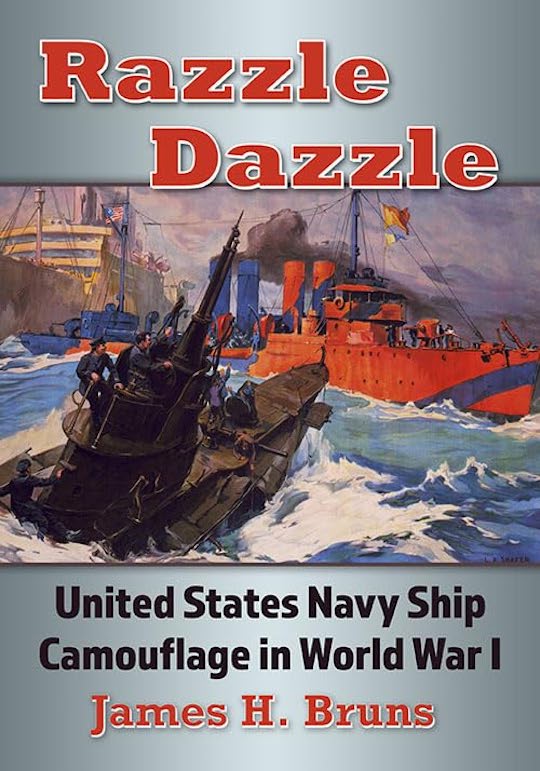
















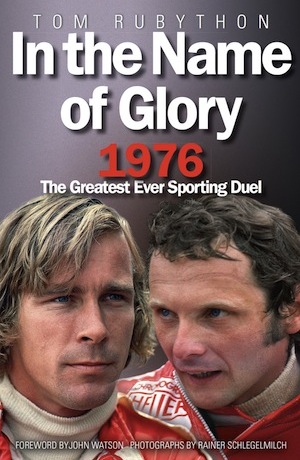
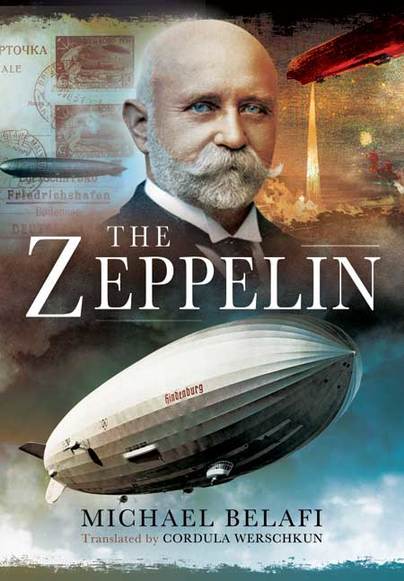










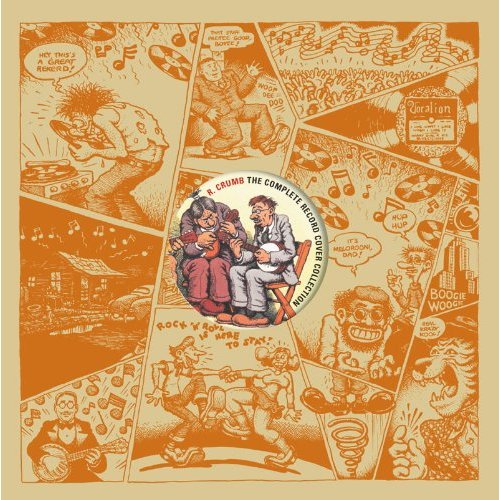

















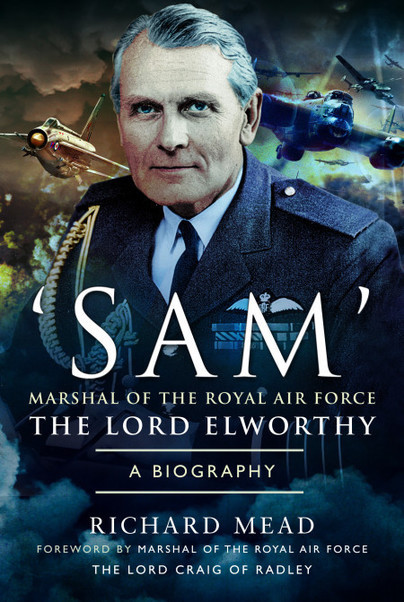




 Phone / Mail / Email
Phone / Mail / Email RSS Feed
RSS Feed Facebook
Facebook Twitter
Twitter
It is rare that a follow on review of an original top notch review adds any substance, but Mr. Dwyer does exactly that. His evaluation of the photographs and production quality was specific and detailed, and makes one want to buy the book just for the photos!